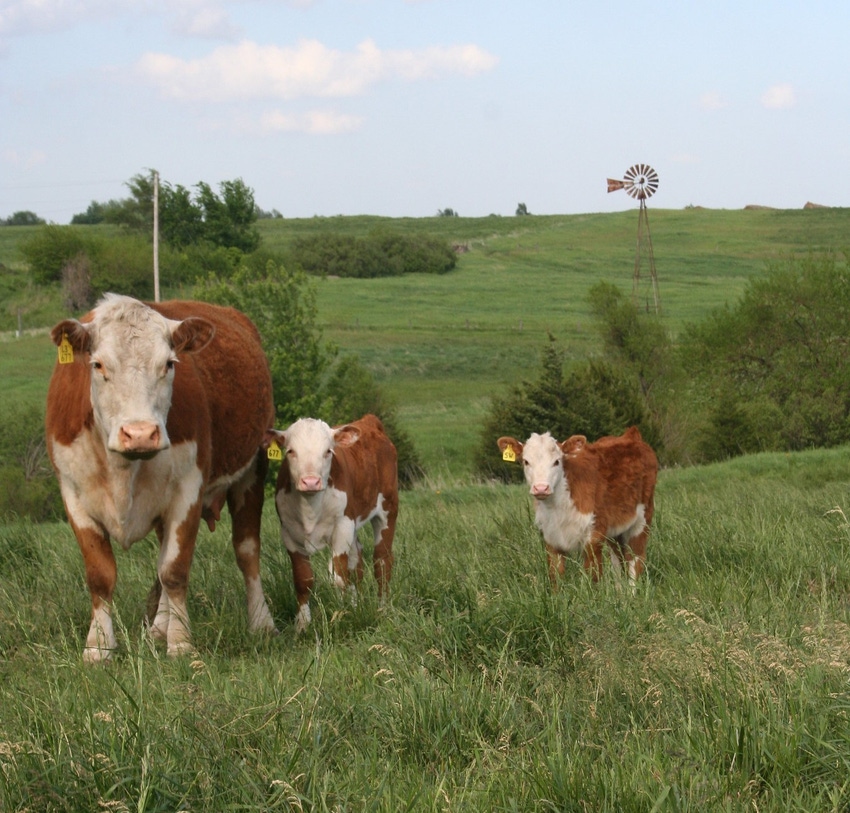Proactive Security: Bagley Risk Management Strategies
Proactive Security: Bagley Risk Management Strategies
Blog Article
Trick Aspects to Take Into Consideration When Picking Livestock Risk Defense (LRP) Insurance Policy
When assessing alternatives for Animals Risk Security (LRP) insurance, a number of crucial elements warrant cautious consideration to make sure reliable threat monitoring in the farming industry. Picking the appropriate coverage options customized to your specific animals operation is critical, as is comprehending just how exceptional expenses associate with the degree of defense supplied.
Protection Options
When considering Livestock Danger Defense (LRP) insurance, it is essential to comprehend the numerous insurance coverage alternatives available to alleviate threats in the agricultural sector. Livestock Danger Protection (LRP) insurance coverage supplies various insurance coverage choices tailored to satisfy the varied demands of livestock manufacturers.
Another essential insurance coverage option is the endorsement duration, which figures out the length of time the protection holds. Manufacturers can choose the endorsement period that ideal fits their production cycle and market conditions. In addition, insurance coverage levels and rates vary based on the kind of animals being insured, offering manufacturers the flexibility to customize their insurance coverage prepares according to their details needs.
Recognizing the different insurance coverage options readily available under Animals Risk Security (LRP) insurance policy is important for producers to make informed choices that successfully protect their animals procedures from market unpredictabilities.
Costs Prices

Livestock Risk Protection (LRP) insurance supplies necessary insurance coverage alternatives tailored to alleviate risks in the farming sector, with a considerable aspect to take into consideration being the calculation and structure of premium costs. These consist of the kind and number of animals being guaranteed, the insurance coverage level chosen, the current market prices, historical price information, and the size of the protection period.
Premium prices for LRP insurance coverage are generally determined based on actuarial data and run the risk of analysis versions. Insurers examine historic information on animals costs and manufacturing expenses to determine a suitable costs that shows the degree of risk included. It is essential for livestock manufacturers to very carefully examine premium prices and insurance coverage options to ensure they are adequately shielded against prospective monetary losses due to adverse market problems or unpredicted events. By understanding exactly how superior expenses are computed and structured, manufacturers can make educated decisions when selecting the best LRP insurance plan for their procedure.
Eligible Animals
The resolution of eligible livestock for Livestock Threat Protection (LRP) insurance policy coverage includes careful factor to consider of certain standards and features. Animals types that are generally eligible for LRP insurance policy include feeder cattle, fed cattle, swine, and lambs.
Feeder cattle, for example, are commonly eligible for LRP coverage if they drop within defined weight varieties. Lambs are another group of animals that can be thought about for LRP insurance policy, with factors such as weight and age playing a critical role in identifying their eligibility.
Prior to picking LRP insurance policy for animals, manufacturers need to thoroughly assess the eligibility criteria laid out by the insurance coverage copyright to ensure their animals fulfill the necessary requirements for protection.
Plan Adaptability
Policy versatility in Animals Threat Protection (LRP) insurance coverage enables producers to customize insurance coverage to suit their details requirements and take the chance of monitoring strategies. This versatility equips livestock manufacturers to tailor their insurance coverage policies based on aspects such as the kind of animals they own, market problems, and individual risk resistance levels. By using customizable options, LRP insurance coverage makes it possible for manufacturers to successfully manage their risk exposure while guarding their livestock operations versus unpredicted market volatility.
Claims Process
Upon experiencing a loss or damages, manufacturers can initiate the insurance other claims process for their Livestock Danger Security (LRP) insurance by promptly calling their insurance service provider. It is critical for producers to report the loss as quickly as feasible to quicken the insurance claims process. When getting to out to the insurance service provider, producers will need to offer thorough details about the occurrence, consisting of the date, nature of the loss, and any kind of pertinent documentation such as veterinary records or market value.

After the evaluation is total, the insurance provider will certainly decide relating to the case and connect the end result to the producer. The manufacturer will obtain compensation according to the terms of their Livestock Threat Security (LRP) insurance policy if the claim is authorized. It is essential for producers to be acquainted with the cases procedure to make certain a smooth experience in the event of a loss

Final Thought
Finally, when picking Animals Risk Security (LRP) insurance policy, it is vital to take into consideration insurance coverage options, premium expenses, eligible livestock, policy adaptability, and the cases browse around this web-site procedure. These essential elements will help make sure that ranchers and farmers are sufficiently safeguarded versus prospective risks and losses related to their animals operations. Making an educated choice based upon these considerations can inevitably bring about far better monetary safety and peace of mind for livestock manufacturers.
Livestock Risk Protection (LRP) insurance coverage supplies different insurance coverage alternatives customized to satisfy the diverse requirements of livestock producers.The resolution of qualified livestock for Animals Danger Defense (LRP) insurance protection involves mindful factor to consider of specific standards and qualities.Plan versatility in Animals Danger Security (LRP) insurance policy permits producers to customize protection to match their certain you could try here needs and run the risk of administration methods.Upon experiencing a loss or damages, manufacturers can initiate the cases procedure for their Livestock Danger Security (LRP) insurance coverage by immediately contacting their insurance company.In conclusion, when picking Animals Danger Protection (LRP) insurance policy, it is essential to consider coverage choices, premium costs, eligible animals, policy flexibility, and the claims procedure.
Report this page